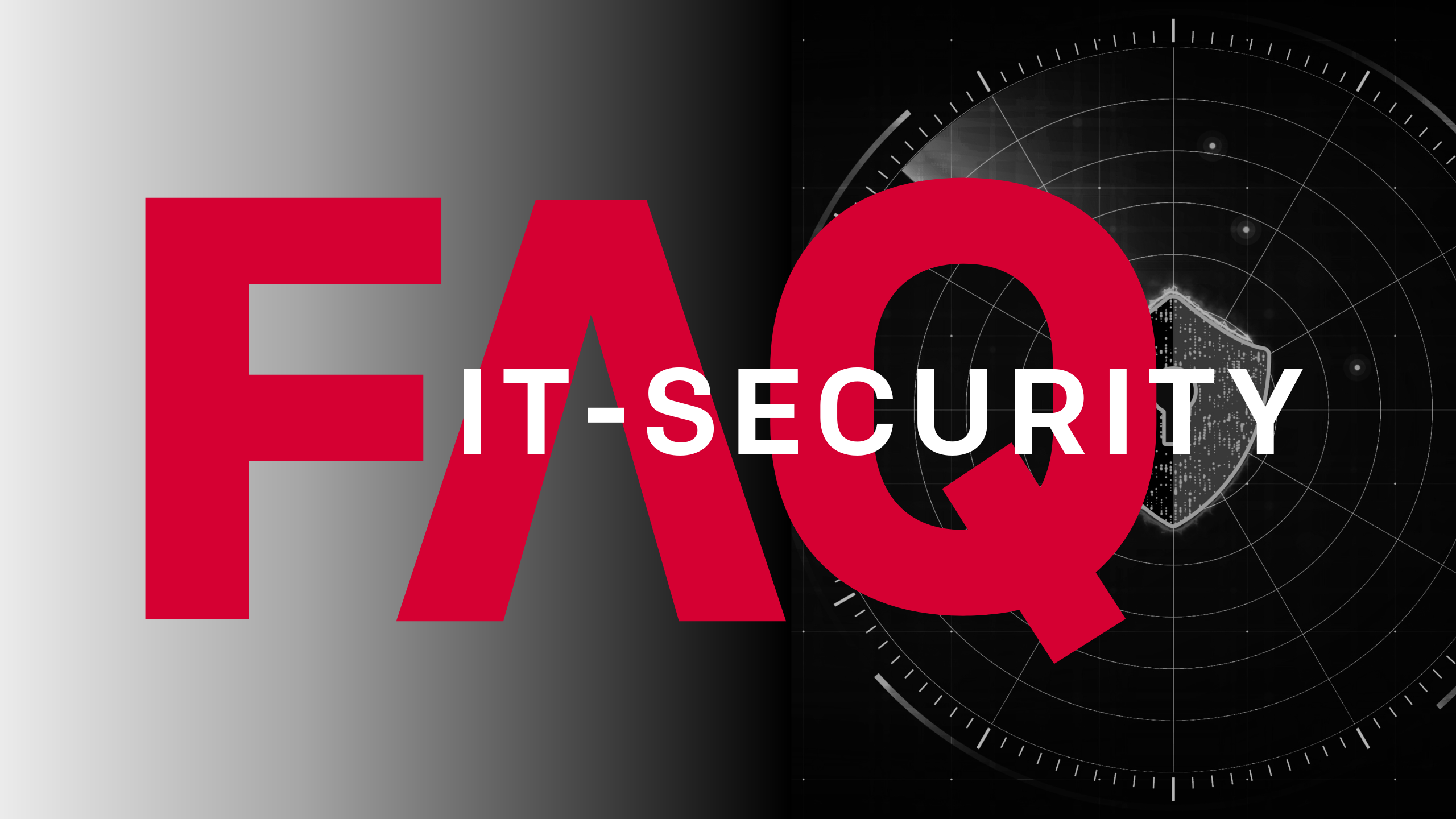EXPERIENCE AND INSIGHTS
Stay updated!
Get knowledge, news, inspiration, tips and invitations about Quality Assurance directly in your inbox.
share the article
![PH_wp_[EN]_Blog listing - banner](https://qestit.com/hubfs/Website/Web%20pages%20photos/PH_wp_%5BEN%5D_Blog%20listing%20-%20banner.jpeg)







